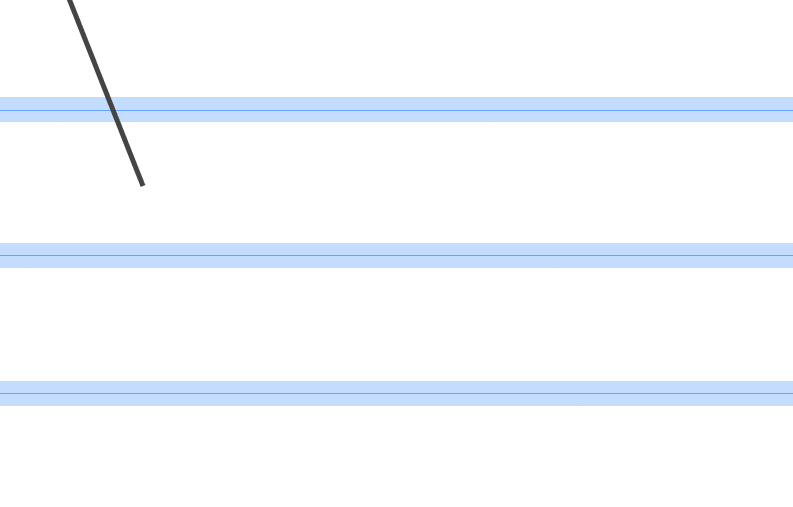You will need to draw the support and resistance areas yourself. Don’t worry though, it is very easy.
Let’s start with the two golden rules of support and resistance. These rules do not only apply to scalping Forex price action, they are also used for my normal support and resistance areas:
- Recent data is always more important. Always.
- Body bounces are more important than wick bounces.
Rule one is very simple. When placing support and resistance areas, fresh data is always better than old data. This is even more true on small time frames. Price action formations that occurred twenty minutes ago are more significant than formations that occurred two days ago. So when placing support and resistance, make sure you prioritize recent data.
Generally I only look at the last .
Rule two may be a little harder to understand. I will explain it in more detail in the examples below.
Let’s break support and resistance placement down into a three step process.
The first step to placing support and resistance is to identify bounces on your chart. Ideally you will want several bounces that line up nicely.
Below is an AUD/USD 5 minute chart. I have highlighted three sets of obvious bounces. The lower set mark out a support area, they are highlighted green. The higher set mark out a resistance area, they are highlighted red.
Bounces will not always be this obvious. However, the more obvious the bounce the stronger the area; so you should only try to identify the most prominent bounces.
Once you identify several bounces, draw a horizontal line between them and join them. You can see the AUD/USD image from above with support and resistance areas now placed.
It is really that simple. You look for strong bounces and place lines there.
Support and resistance can be more complicated on larger time frames. However, on 5 minute charts, it really is easy.
Now remember rule two? Body bounces are more important than wick bounces?
You will notice in the image above I place my line at the candle bodies, not at the wicks. I do not like placing support and resistance at the wicks. I prefer to have my support and resistance where candles are likely to form.
I am considering adding a video on support and resistance placement. Feel free to send me an email to let me know if you need a video to clarify this subject.











Post a Comment